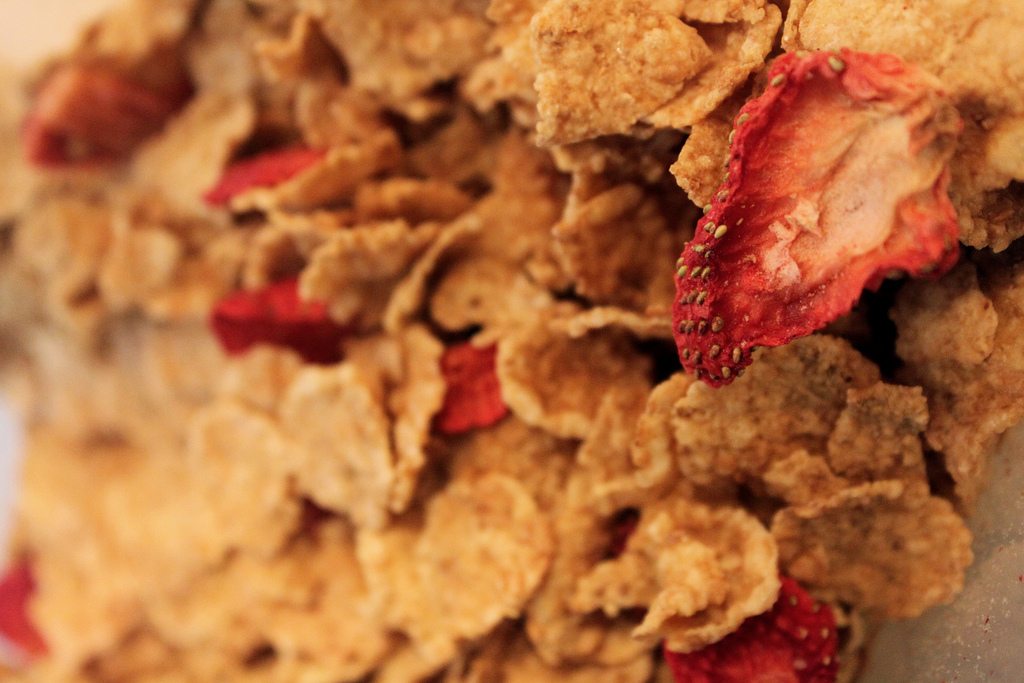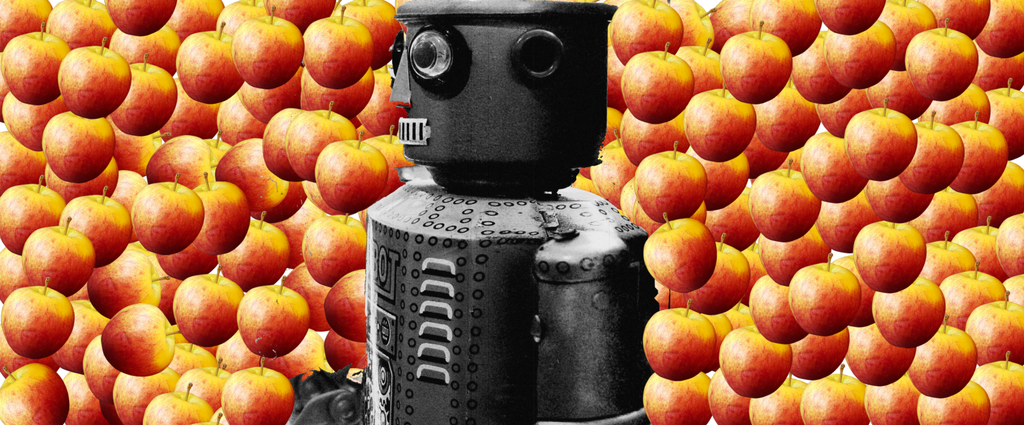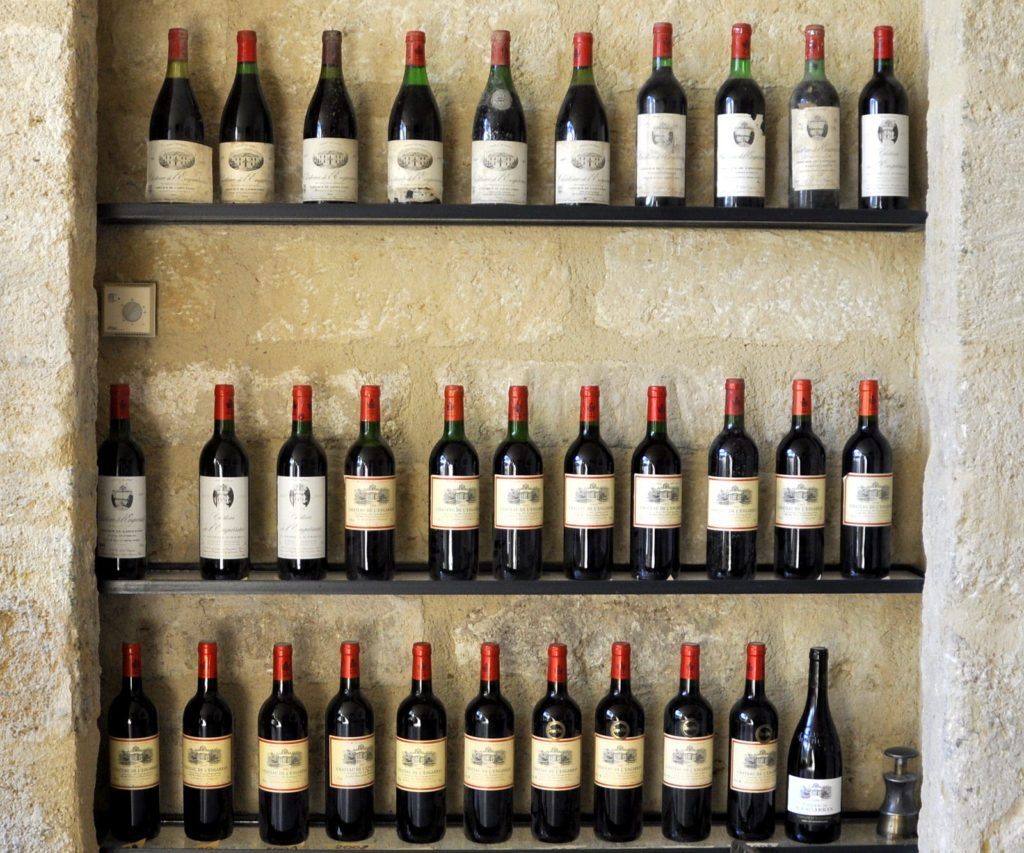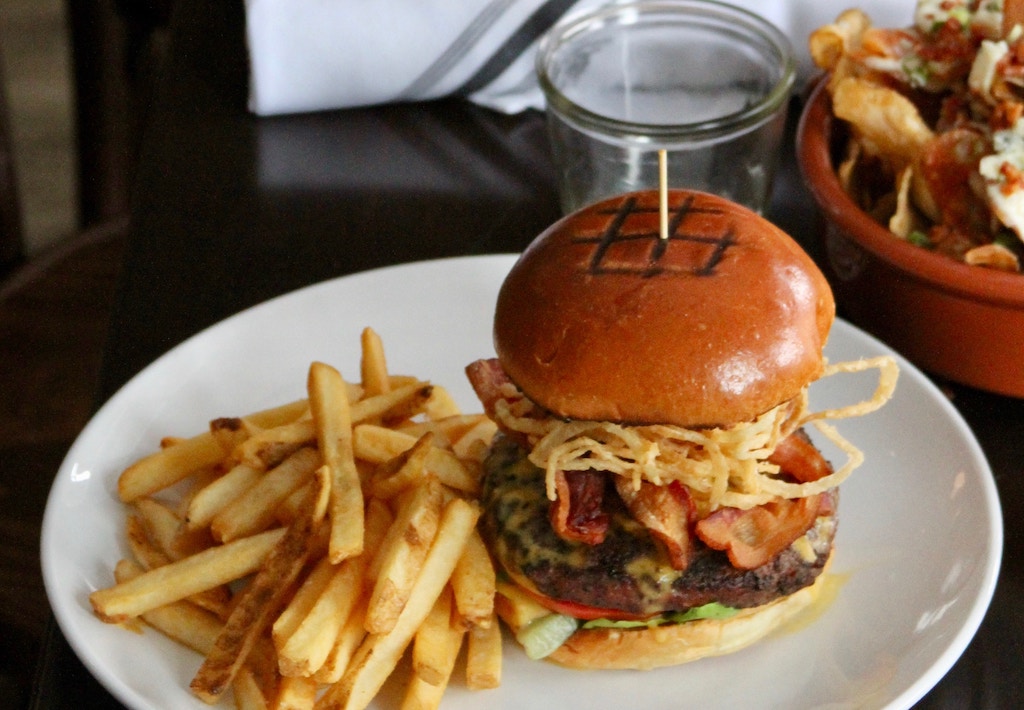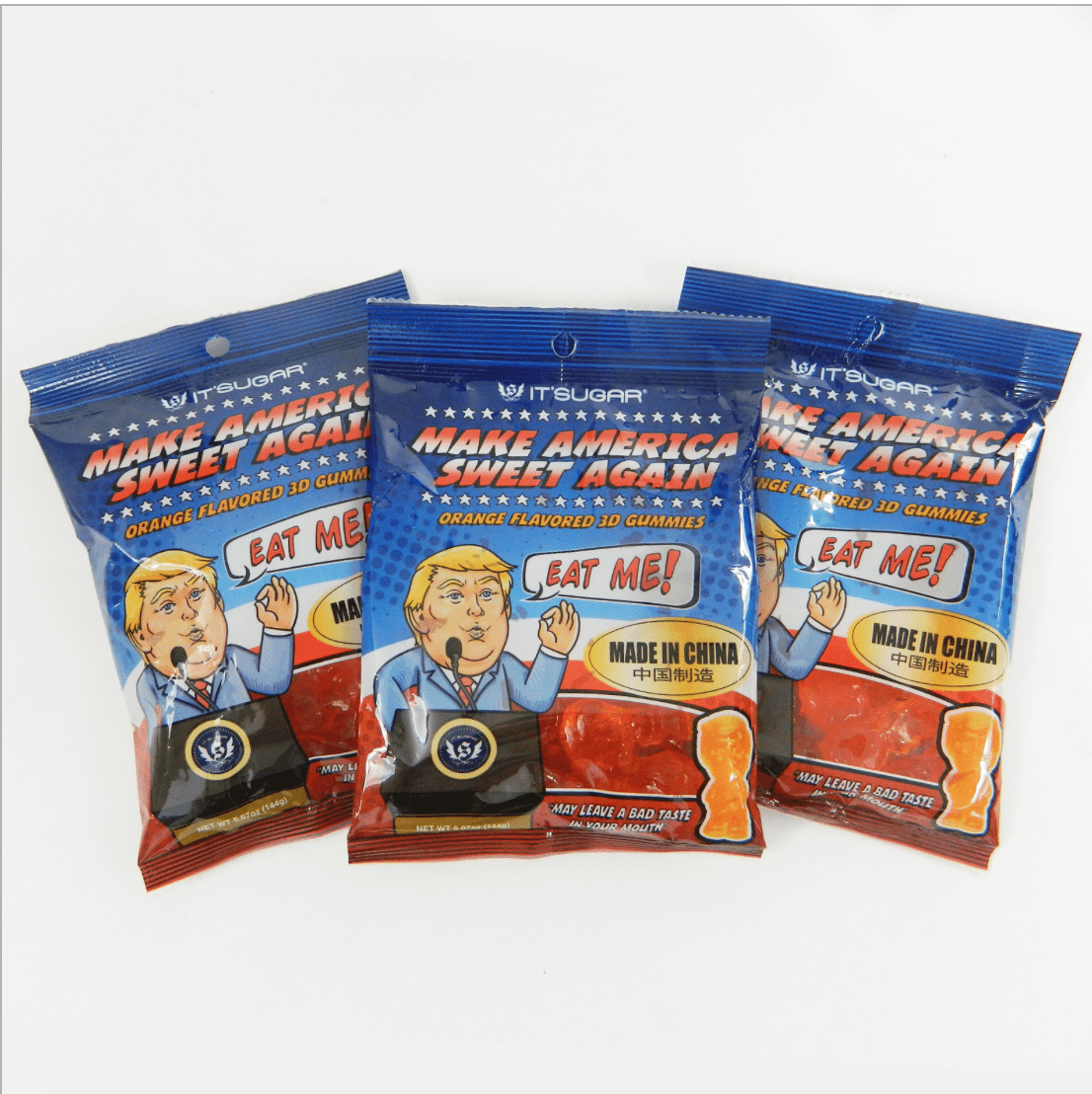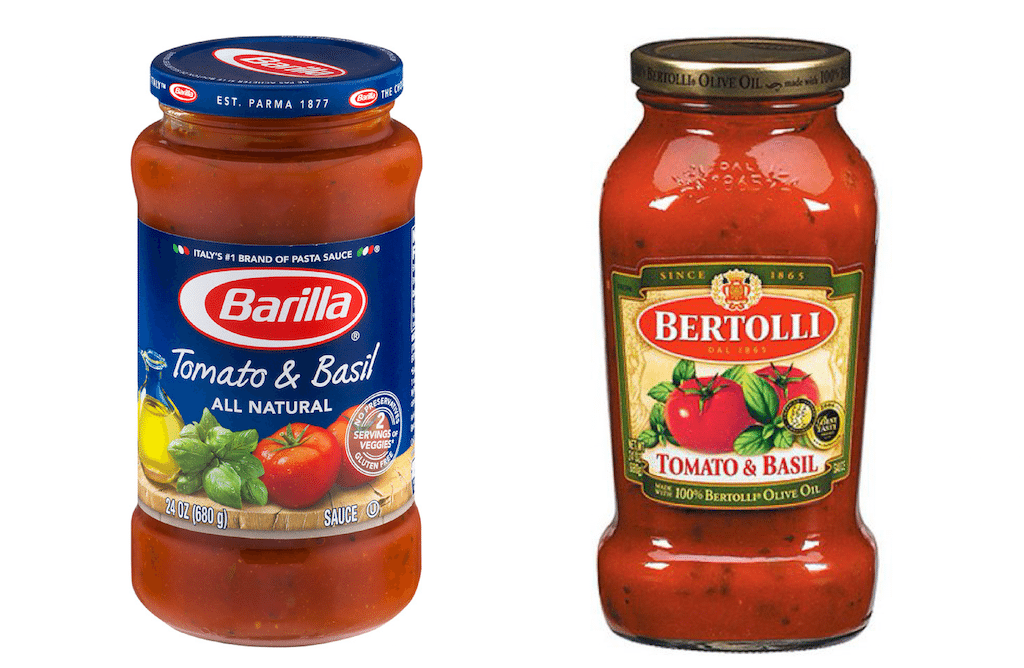
Barilla, Bertolli
This is a tale of two pasta sauces. It’s also a tale about the economics behind perception. But we’ll get to that part in a second. As I said, there are two sauces. They are identical in name, except for brand: one, Barilla Tomato & Basil; the other, Bertolli Tomato & Basil. Both sauces come in 24-ounce jars. Both are made with diced tomatoes, extra virgin olive oil, and sugar. Both, of course, are also red and goopy.
But they’re not identical in terms of price.
The Barilla sauce currently retails for $2.00 at urbanchic New York City mecca, Fairway Market. The Bertolli, on the other hand, retails for $2.99–also at urbanchic New York City mecca, Fairway Market.
Now, how about if I ask which one is healthier?
I can’t predict with certainty your response, dear reader. But if we go from thought experiment to peer-reviewed empirical findings, then…you’re going to choose the Bertolli at three bucks. Why? Because that’s the product you perceive to be healthier. And why is that? Precisely because it’s more expensive.
That’s according to two findings in a study out this week from Ohio State University: “Consumers believe healthy food must be more expensive than cheap eats and that higher-priced food is healthier–even when there is no supporting evidence.”
That’s great news for marketers, who can jack up the price of the “good” stuff, especially since the study’s more disturbing finding is that consumers don’t believe a product can be healthy unless it is relatively expensive. Case in point: when researchers gave participants a product with the brand slogan, “The Healthiest Bar on the Planet,” and told them it would compete with other bars at $2.00, they gave one group a bar with a price point of $4.00 and another a bar with a price point of 99 cents. Then the researchers gave participants the chance to read reviews of the product. The participants who were given the 99-cent bar sought out significantly more reviews.
In other words, the interpretation of the researchers was, “people just couldn’t believe that the ‘healthiest protein bar on the planet’ would cost less than the average bar,” says Rebecca Reczek, co-author of the study and professor of marketing at The Ohio State University’s Fisher College of Business. “They had to read more to convince themselves this was true. They were much more willing to accept that the healthy bar would cost twice as much as average.”
Besides the fact that we’re operating against our self-interest in the grocery aisle, what other takeaway does this deep dive into our collective consumer psyche offer? Simply, we believe that eating well has to cost more. And that credo may have something to do with our perception of luxury and status. In other words, we see healthy food as a premium product (rather than, say, something less burdened by additional additives and cheaper) and thus we have to pay more for it.
Maybe back in September you caught that American Automobile Association study on our preferences at the gas pump, which concluded that “American drivers wasted more than $2.1 billion in the last year by using premium-grade gasoline in vehicles designed to run on regular fuel.” The organization went on to say: “AAA cautions drivers that premium gasoline is higher octane, not higher quality.” Similar psychology at play here, according to John Nielsen, AAA’s managing director of Automotive Engineering and Repair: “Drivers see the ‘premium’ name at the pump and may assume the fuel is better for their vehicle.”
Sure, there is some benefit to specialty products–”gluten-free” and “organic,” for instance, which entail higher production costs. But “it makes it easier for us when we’re shopping to use this lay theory, and just assume we’re getting something healthier when we pay more,” concludes Reczek. “But we don’t have to be led astray. We can compare nutrition labels and we can do research before we go to the grocery store. We can use facts rather than our intuition.”
No problem. Piece of cake.

